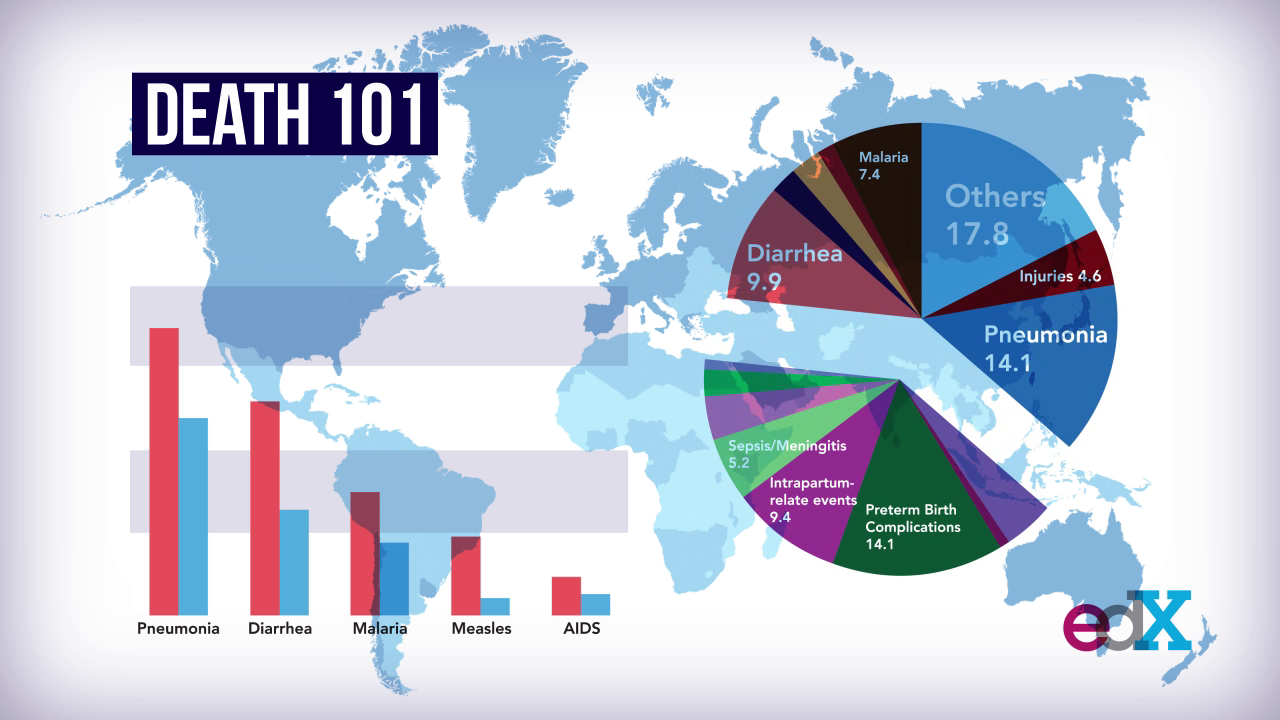Challenge
EdX, one of the biggest Massive Open Online Course(MOOC) platforms, began offering courses from the University of Toronto. In Fall 2014, we were approached by Prof. Prabhat Jha, world-renowned epidemiologist and professor at the Dalla Lana School of Public Health, to make his edX course happen with high quality multimedia content.
The first challenge of this project was organizing a course curriculum such as publications, presentations, and speeches targeting undergraduate students over 5 month production. Another challenge was tacking high drop-out rates of a MOOC course due to limited social interaction and technical difficulty to motivate a large number of virtual students.
Approach
We decided to work on project planning first. We helped Prof. Jha to come up with a course outline by providing him templates and consultation. After revising the outline with a realistic project scope, we set up an efficient workflow.
Prof. Jha and other contributing researchers were very busy, so we came up with a time-efficient workflow for content revisions. MultiMension usually provided draft scripts based on the literature reviews, and lecturers, mainly Prof. Jha, recorded their own narrations while finalizing the verbal content. This workflow sped up our production, and saved all stakeholders’ time.
Since the richer content-presentations are positively correlated with higher concentration levels (Liu at al 2008), we developed a strong creative direction before production.
During outlining, we came up with a 5 week content plan with 5-7 under-10-minute videos for each week. The course covers key areas in epidemiology, but instead of looking strictly at numbers, it focuses on teaching skills that generate solutions to shape the future of global health.
Following the creative direction, color palettes, animation style, common visual elements were developed first and consistently applied in all 30 videos. We incorporated various mediums such as data visualization, footage of world-renowned researchers, infographics, and motion graphics to support information delivery and storytelling while increasing concentration.
Conclusion
Death 101 was launched on March 2nd, 2015 and taught thousands of the students all over the world. Over time we received very positive feedback from the stakeholders and students on course content.
Prof. Jha received the letter of recognition from University of Toronto for supporting new pedagogies and research on teaching. The letter also appraised the quality of the multimedia content.
It was a great opportunity for us to learn about current MOOC platform trends, as well as happily apply our skill sets in e-learning. We’d like to sincerely thank all researchers who worked closely with us to make this project a success.

